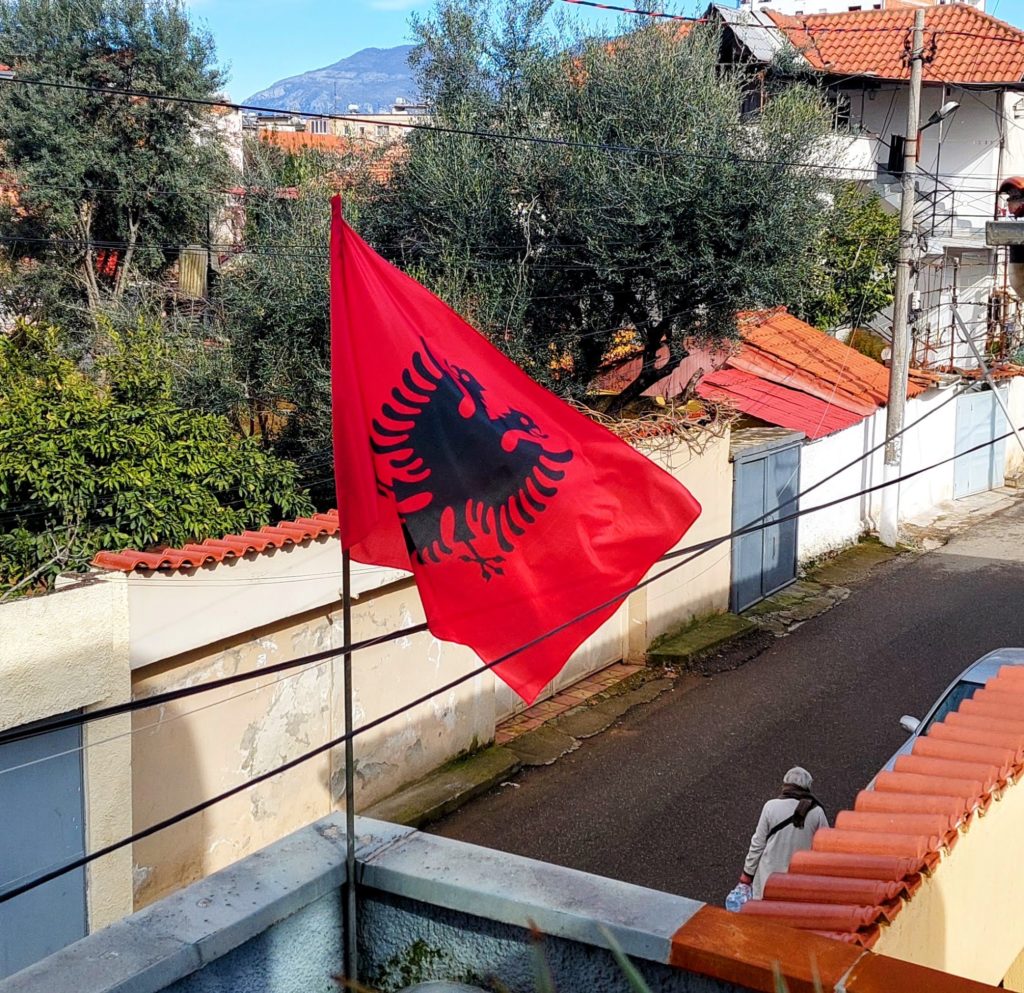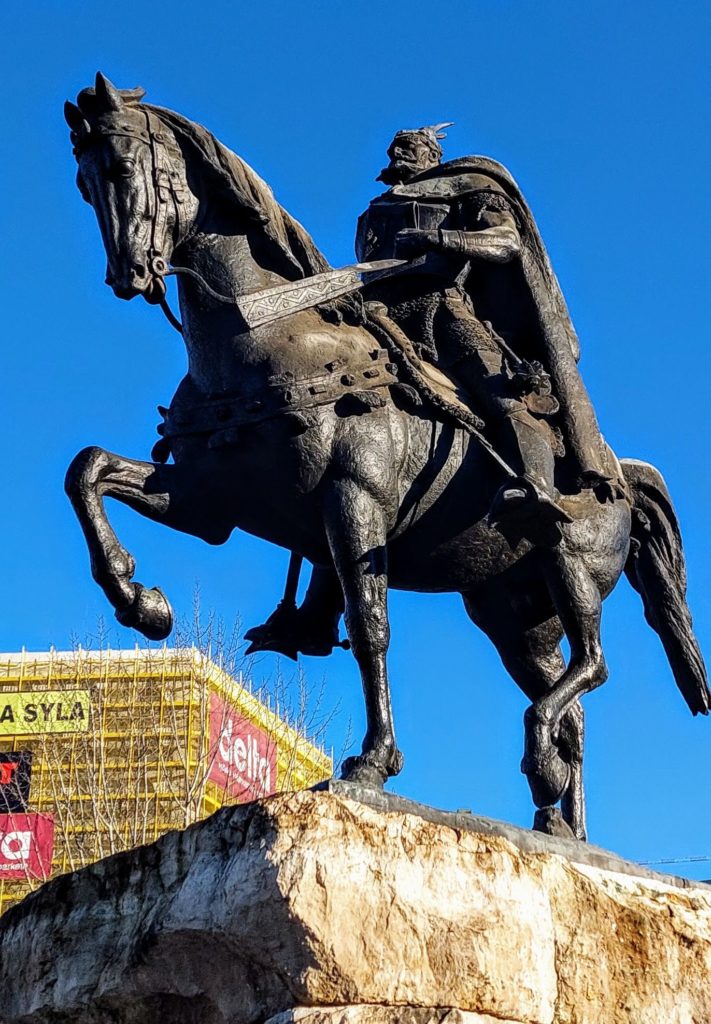
Earlier this week when I awoke in the morning there was no water in my apartment in Tirana, capital of Albania.
I notified my host, who said the pipes sometimes freeze when it gets too cold. The water came back mid-morning after the sun warmed things up a bit. But it could happen again at night, he said. Fortunately, it’s still flowing. But he did say it’s been colder than usual lately here.
Funny, my host in Estonia, where I recently came from, said there was more snow than usual in Tallinn, Estonia’s capital, after I had arrived there in December.
Yet when in Finland, before I was in Estonia, it had been warmer than usual, my Finn friend said.
Not sure what to make of my influence, if any, on the weather, except coincidence, but should it really be getting colder the farther south I travel this time of year?
Nevertheless I’m in another comfortable apartment for this month of February, and the cost of living here — food and housing — is pleasantly affordable as I’d expected. I’m taking advantage of the opportunity to work on my book proposal as planned, while currently getting 108.5 Albanian “leke,” the local unit of currency, per U.S. dollar.
I’m centrally located so it’s easy to walk to the city center, and the past two days have been sunny and not so cold. So things are looking up.
As usual, my destination in March is as yet undetermined.
I do like the look of the Albanian national flag as seen in the photo, with the simple, black, double-headed eagle representing the sovereign state of Albania, on a solid red background said to represent “bravery, strength, valor and bloodshed,” according to Wikipedia. (I could do without the bloodshed, perhaps.)
But my experience here with the people of Albania has been friendly and warm despite the air temperature.
The flag was adopted when Albania proclaimed its independence in 1912, although it was altered to reflect different ruling influences, such as the reign of King Zog from 1929 to 1939, when a crown was added to the design. The crown was changed to fasces when Italy later conquered Albania and gold stars were added by the communist dictatorship.
The current flag, sans crown and fasces, was raised with the fall of the communist regime in 1992.

The original version, associated with the Kastrioti Coat of Arms, which was carried into battle by Albanian Prince Skanderbeg, whose Greek name was George Kastrioti when Albania won its independence from the powerful Ottoman empire in the 15th century.
Skanderbeg remains a national hero in Albania and a handsome statue of him astride his horse presides over the large central square in Tirana, known as Skanderbeg Square.
Today, Albania operates under a political system featuring the separation of executive, judicial and legislative powers, along with an orientation toward western values, while proudly maintaining its rich cultural past and ethnic identity.
Don’t forget to sign up for the newsletter!
If you haven’t yet subscribed to the ROTR newsletter, you can start getting it by clicking “NEWSLETTER” at the top of this page, or in the right side bar, also on this page.
There you’ll find more about my travels, including some previously unpublished short stories I’ve written about my adventures on the road.